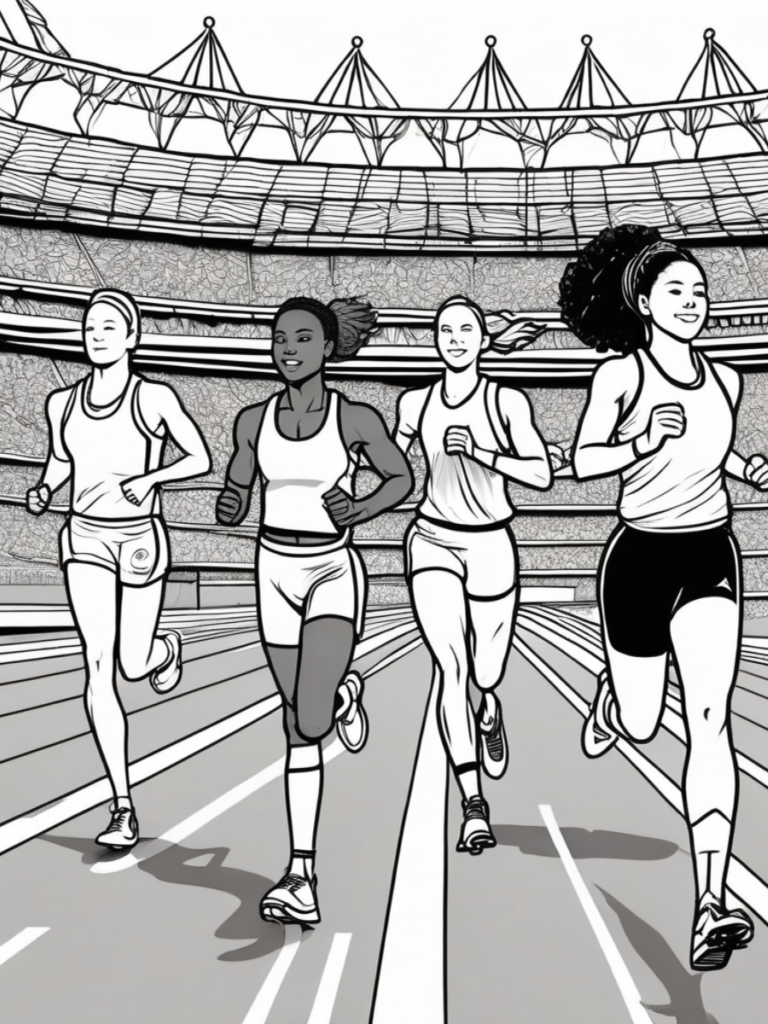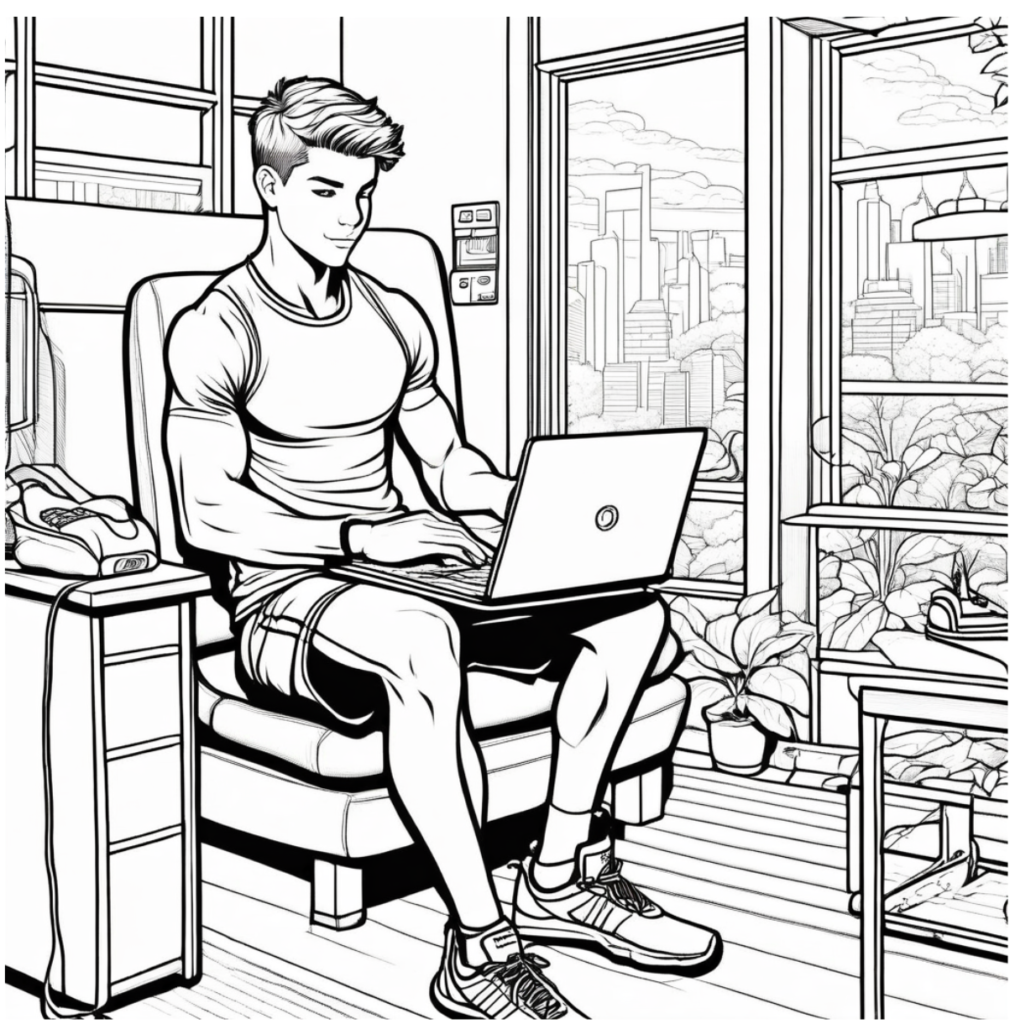
Keeping the Olympic Flame Burning: Strategies to Protect Athletes from Burnout
Athletes, especially those training for elite competitions like the Olympics, face immense physical and mental demands. The pressure to perform at peak levels puts them at high risk of athlete burnout. This phenomenon, characterized by physical exhaustion, mental fatigue, and a loss of motivation, can derail an athlete’s career and well-being if not addressed early.
So how can athletes stay at the top of their game without succumbing to burnout? This article explores practical strategies to help athletes maintain balance, motivation, and resilience, ensuring they keep the Olympic flame burning.
Understanding Athlete Burnout
What is athlete burnout? Burnout occurs when athletes experience chronic stress, fatigue, or a loss of interest in their sport. This condition often arises from intense performance pressure, overtraining, and inadequate social support. Common signs of burnout include:
- Physical Exhaustion: Feeling drained and lacking energy.
- Mental Fatigue: Difficulty concentrating or making decisions.
- Decreased Performance: A noticeable drop in skills or competitive edge.
- Loss of Interest: Disconnection from the sport that once brought joy.
Recognizing these early signs of burnout is crucial for athletes aiming to maintain their performance and mental health.
Individual Interventions: Mindfulness, Journaling, and Visualization
To prevent burnout, athletes can employ several mental strategies:
Mindfulness Techniques: According to In-Mind, a mindfulness-based approach encourages athletes to focus on the present moment, enhancing awareness of their thoughts and emotions. This practice helps athletes manage stress and stay grounded, improving their overall well-being.
Journaling and Self-Reflection: Rewire Fitness highlights that journaling can be a powerful tool for athletes. Regularly reflecting on performance, emotions, and goals not only provides an emotional outlet but also helps maintain alignment with personal values. Incorporating visualization and reinforcing positive mantras can further boost mental resilience.
The Importance of Rest and Recovery
Rest is a vital component of athletic performance and burnout prevention. Huff Sports recommends prioritizing recovery periods, allowing both the body and mind to rejuvenate. Strategies include:
- Regular Rest Days: Incorporating rest into training schedules to prevent physical exhaustion.
- Cross-Training: Engaging in different sports or activities to keep training fresh and reduce monotony.
- Listening to Your Body: Recognizing when to rest and when to push through is key to avoiding burnout.
Prioritizing rest and recovery can significantly enhance performance and mental clarity, ensuring athletes stay focused and engaged.
Creating a Supportive Training Environment
Athletes also thrive in supportive environments that promote teamwork, communication, and community. NeuroLaunch emphasizes the importance of fostering positive team dynamics. Here are some ways to create a supportive environment:
Open Communication: Encourage athletes to express concerns and seek guidance when facing challenges.
Team Building: Develop strong relationships among teammates to create a sense of belonging and support.
Positive Coaching: Coaches should promote self-determination by helping athletes set realistic goals and encouraging autonomy in training.
By building a culture of support, athletes can feel more motivated and resilient, significantly reducing the risk of burnout.
Proactive Steps to Combat Athlete Burnout
Preventing athlete burnout requires a proactive approach. Here are some effective strategies athletes can implement:
Set Realistic Goals: Establish achievable, incremental goals to avoid overwhelm and maintain motivation.
Engage in Cross-Training: Mixing up training routines helps keep things fresh and mentally stimulating.
Incorporate Regular Rest Days: Adequate recovery time is crucial for mental and physical health.
Practice Visualization: Regularly visualizing success and practicing positive self-talk can boost confidence and resilience.
Seek Support: Surrounding oneself with a supportive team—coaches, family, and peers—can provide essential emotional support.
Conclusion
By combining individual mental health practices with a supportive training environment, athletes can better protect themselves from burnout and keep their Olympic flame burning. Recognizing early signs of burnout and taking proactive steps can ensure that athletes continue to thrive in both their sport and personal lives.
Final Thoughts
Maintaining mental and physical well-being is essential for long-term success in sports. Whether you’re an elite competitor or a coach guiding athletes on their journey, integrating these strategies into training and competition can make a significant difference in preventing athlete burnout.
Join the Champion's Circle: Athlete Growth Hub!
Ready to take your athletic performance to the next level? Join the Champion's Circle: Athlete Growth Hub, where driven athletes come together to share insights, stay motivated, and elevate their game. Gain access to expert advice, exclusive content, and a supportive community that will help you crush your goals. Don’t miss out—unlock your potential and start growing today!
Join NowReady to take your game to the next level? 🚀 Book your free consultation today and discover how personalized coaching can help you reach your goals faster and more effectively. Don’t wait—let’s start your journey to success now! Click the link to schedule your session and unlock your full potential. 💪✨


